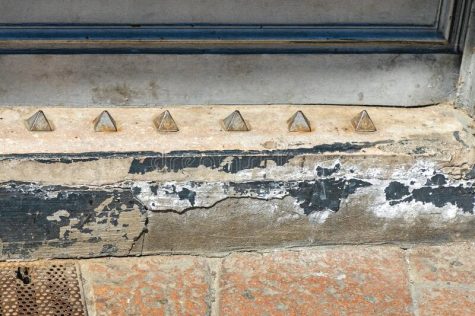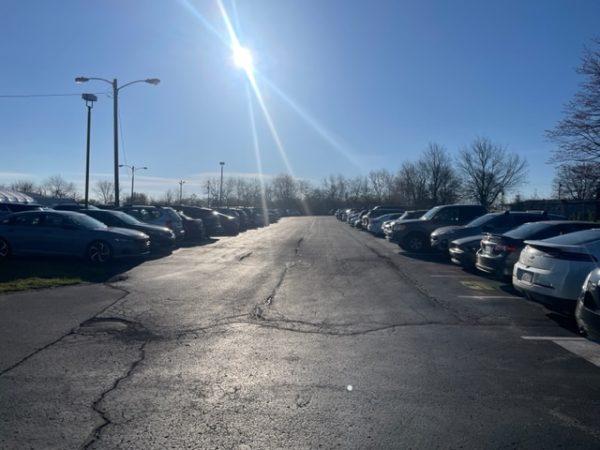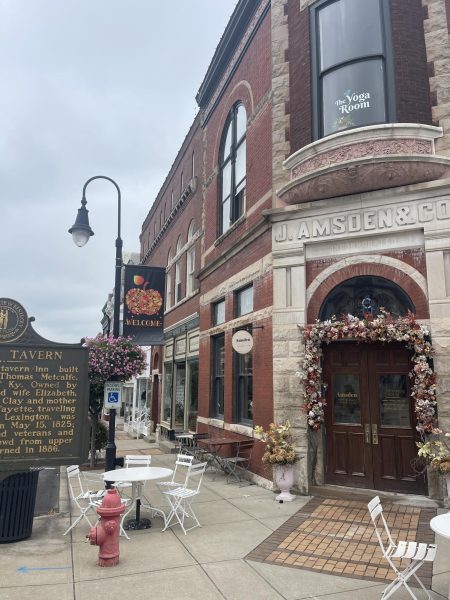The issue of Anti-Homeless Architecture
How Anti-Homeless Architecture continues to plague cities.

Anti-homeless architecture has been a growing problem in our world. The idea is public architecture such as benches, streets, and bridges that are built to prevent homeless people from resting in this said place. These structures are often hidden and seen as just a visual design choice. This choice of architecture is incredibly harmful to the homeless population and discriminatory.

These aspects of design can be disguised as armrests on benches, large rocks on the side of the street, or just flat-out spikes lining a flat area. When a homeless person is just trying to find a place to sleep at night, this heavily limits their options. In a large city, if someone needs a place to stay, it should not be limited.

“Hostile architecture has also been an issue in some of New York’s more than 550 privately owned public spaces” (Winnie Hu, New York Times). Many privately owned spaces contain spikes or railings to prevent seating. Oftentimes, these actions come from the idea of people sitting outside of the building being “ugly”. So as you can see, this architecture doesn’t only hurt the homeless population, but the general public as well. When you are walking in a city all day and your feet are tired, all you would want is a place to sit, but these companies and owners set out to prevent this. New York City is especially bad on this front. I have first-hand experience seeing this. Last summer I took a trip to New York and the number of spikes and cutoffs was insane to see, especially when you factor in the staggering homeless population in New York City.

San Francisco, Atlanta, Chicago, And even Lexington all contain these blockades in their effort to shut out homeless people. Most cities face this issue and all of them have a petition or movement to end this. I ask that you sign a petition or join the movement to end Anti-Homeless Architecture.

Jonah Savage is a senior this year at Woodford County High School. This is his second and final year writing for the Jacket Journal, this year as an editor....















